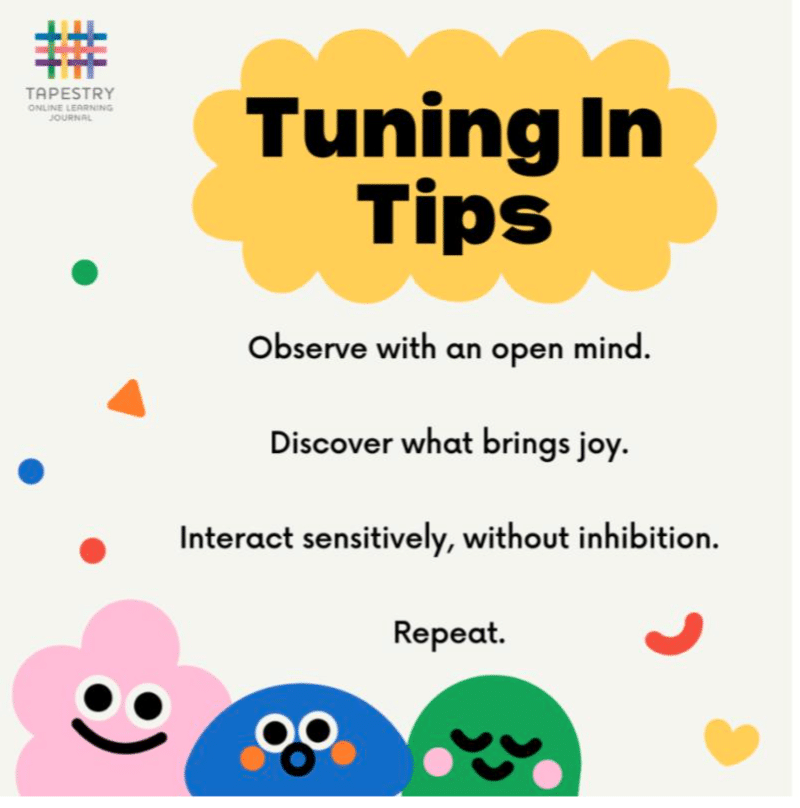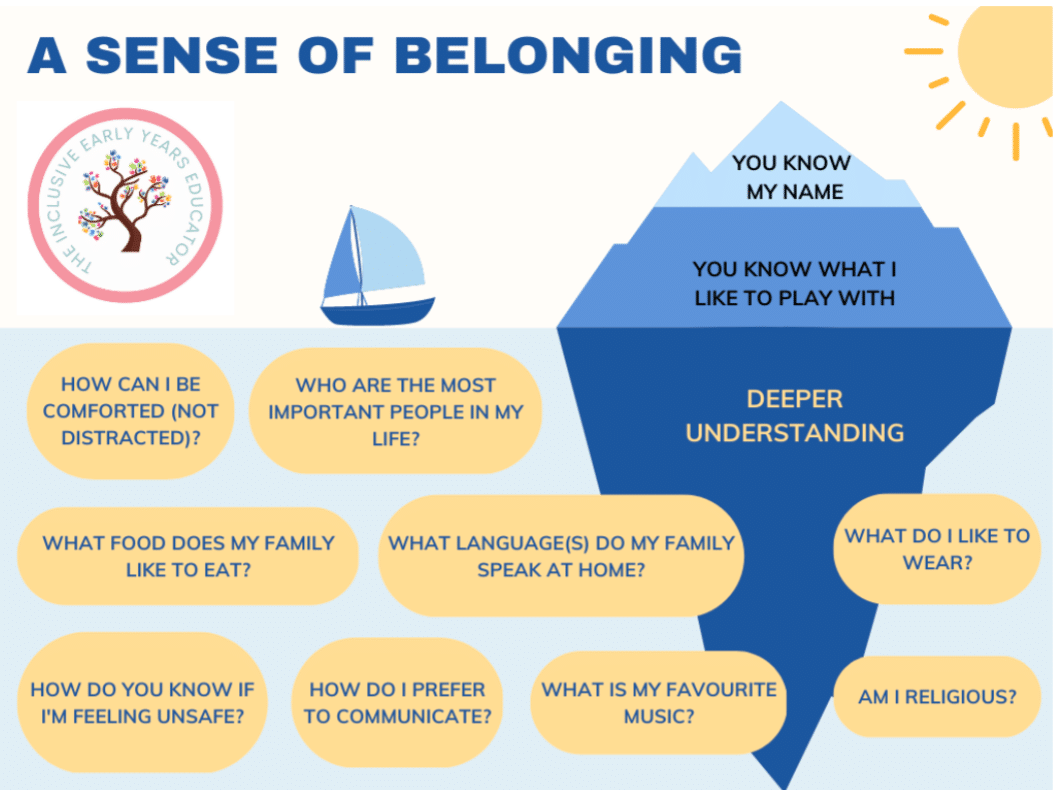What does inclusion mean to you?

"Once we know more about a child and their family, we will then enhance our provision based on what we have discovered."
Stephen Kilgour, Education Advisor, TapestryIn my experience, the word ‘inclusion’ in education has historically been linked to the way that settings or schools endeavour to cater for children with learning differences or disabilities.
Conversations might centre around the fact that a particular nursery is inclusive because it always tries to accept children with additional support needs. Conversely, we might hear about a nursery or school who have strict admission policies which mean it is difficult for a child with complex support needs to access a place. Although partially valid, these descriptions of inclusive (or non-inclusive) practice can lack depth or any indication of quality. If, for example, a school is willing to welcome a child through the doors, but unwilling to make reasonable adjustments based on the child’s support needs, then immediately they lose any sense of credibility when it comes to their self-appointed label ‘inclusive’.
So how do we define an inclusive education establishment? So far, we have:
- An admission policy that means ALL children have an equal right to access provision.
- A learning environment where reasonable adjustments are made so that ALL children have an equal right to learning.
But is this enough? In the new book ‘Putting the EYFS Curriculum into Practice’, Eunice Lumsden talks about how she was taken aback in her previous role as a social worker that for some in the EYFS, inclusion was an ‘add on’. Can we expand on our previously held narrow views of inclusion?
Although the journey must be ongoing, the EYFS has made strides forward in recent years when it comes to considering inclusion more widely. This is in no small part down to experts like Liz Pemberton (A.K.A The Black Nursery Manager) who has impacted the sector massively with her Anti-Racism work. Liz has challenged nurseries and schools to think much more deeply about how they create a sense of belonging for all children.
To belong is something most of us can relate to in some way. A feeling of warmth, safety and comfort that is usually harboured by friends and family who know us well, or people around us who have common interests. It is no coincidence that those who know us best are the ones who can often create the ideal conditions for this feeling to be experienced. It should be obvious then, that if we want our children to feel belonging, then first we must truly get to know them.
‘Tuning In’ is something we can do to try to understand our children better. This process doesn’t need to be complicated – I have previously given the following advice in this simple graphic:

A ‘tuning in’ clip from the Siren video library shows Laila and Carol playing in the nursery garden. Carol uses her knowledge of Laila’s non-verbal cues to guide and support her in engaging with the chimes. As a next step for the setting, making the chimes more accessible for Laila will allow her to explore them more independently; when we tune in to a child, we can gain valuable information which can be used to enhance our provision. Furthermore, when we tune in to a child we can also learn about what makes them happy, or what makes them feel anxious, and again, adapt our provision accordingly.
Getting to know a child well in this way is great, but it isn’t enough. We must strive to understand them on a deeper level, considering aspects of their life that we previously may not have considered important to our role.
This image is taken from the upcoming book ‘The Inclusive Early Years Educator’ (due to published by Routledge next year). It makes use of the well-known iceberg analogy, and challenges us to consider whether we have made enough effort to get to know a child as well as we can:

Once we know more about a child and their family, we will then enhance our provision based on what we have discovered. The best way to find out this key information is to establish genuine connections with a child’s family – it is very important that we don’t appear intrusive or judgemental.
Invite families into your setting and explain to them what inclusion means to you and why it is so important. Involve families in a child’s learning at nursery/school and celebrate experiences and achievements from home.
A further aspect of inclusion that has often been overlooked in the past is the makeup of our staff teams. The chances of a Black or Brown child feeling a genuine sense of belonging in a setting where every educator is white are likely to be reduced. It is also so beneficial for all children in a setting to see a diverse range of adults working there.
The short video that introduces Khloe from the Siren video library is an excellent example of the power of representation in our workforce. Khloe’s key person, Alberta, speaks the same language that Khloe’s family do at home. It must feel so significant and reassuring for Khloe, and also her family, to know that the nursery have considered carefully the makeup of their team.
It is not necessarily straightforward to ensure that a diverse range of applications are received when recruiting new staff, and this can obviously vary depending on the area in which you are based. It is important though, that these considerations are made and taken seriously. Are there particular places where you haven’t previously advertised which may encourage a wider range of applicants? If the process isn’t successful in drawing a range of submissions, don’t give up – try something different next time.
A useful exercise might be to explore the word ‘inclusion’ more with the team in your setting or school – can we be expansive and progressive in our definitions? Can we add to the list that we started at the beginning of this blog that defines an inclusive education establishment? Most importantly, can we be reflective as to how truly inclusive we are as a setting or school?
Stephen is Education Advisor @EYFSF and @Tapestry Ex #SEND Deputy Head Teacher &/#EYFS Lead
Follow him on Twitter here
His book ‘The Inclusive Early Years Educator’ published by Routledge will be out next year